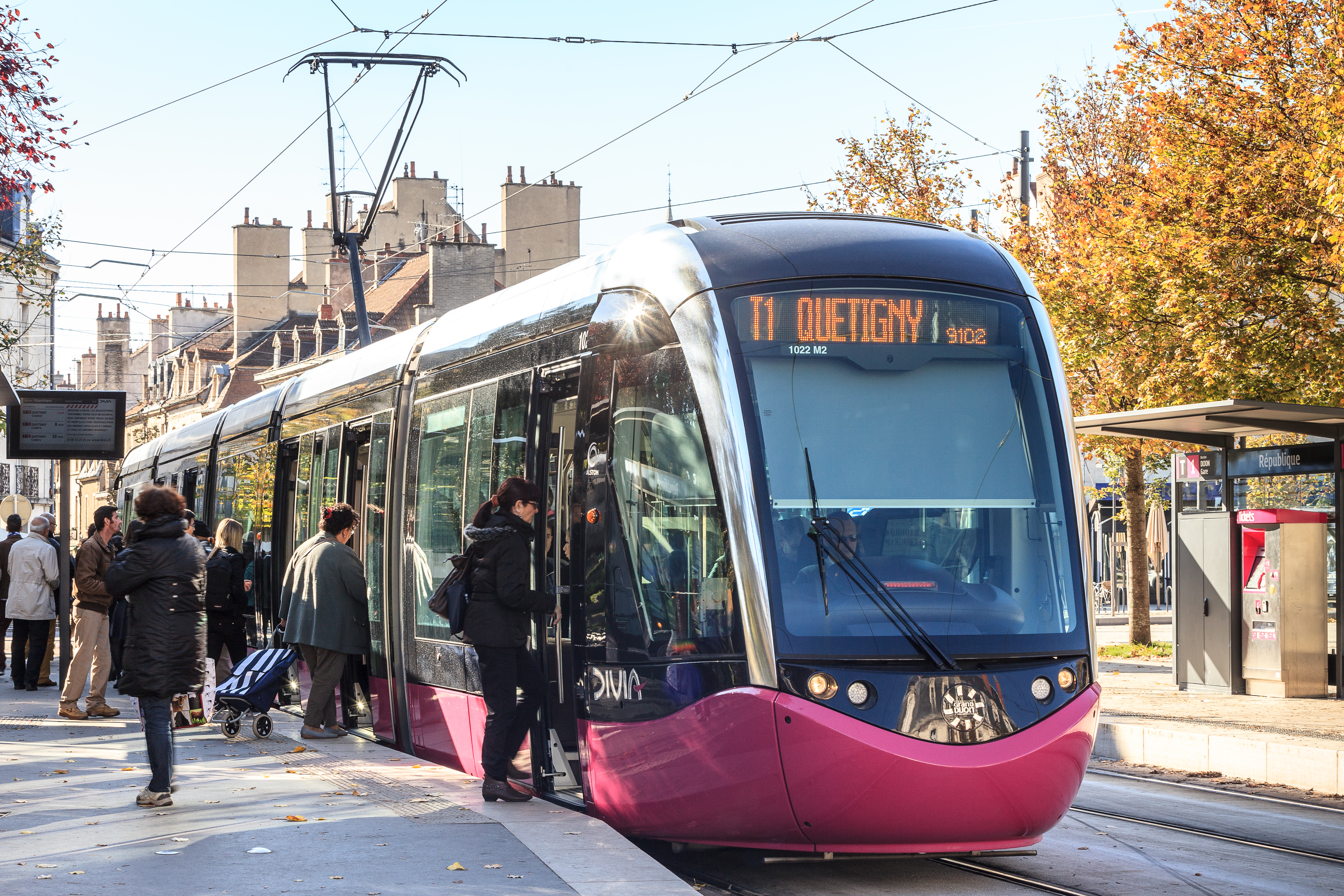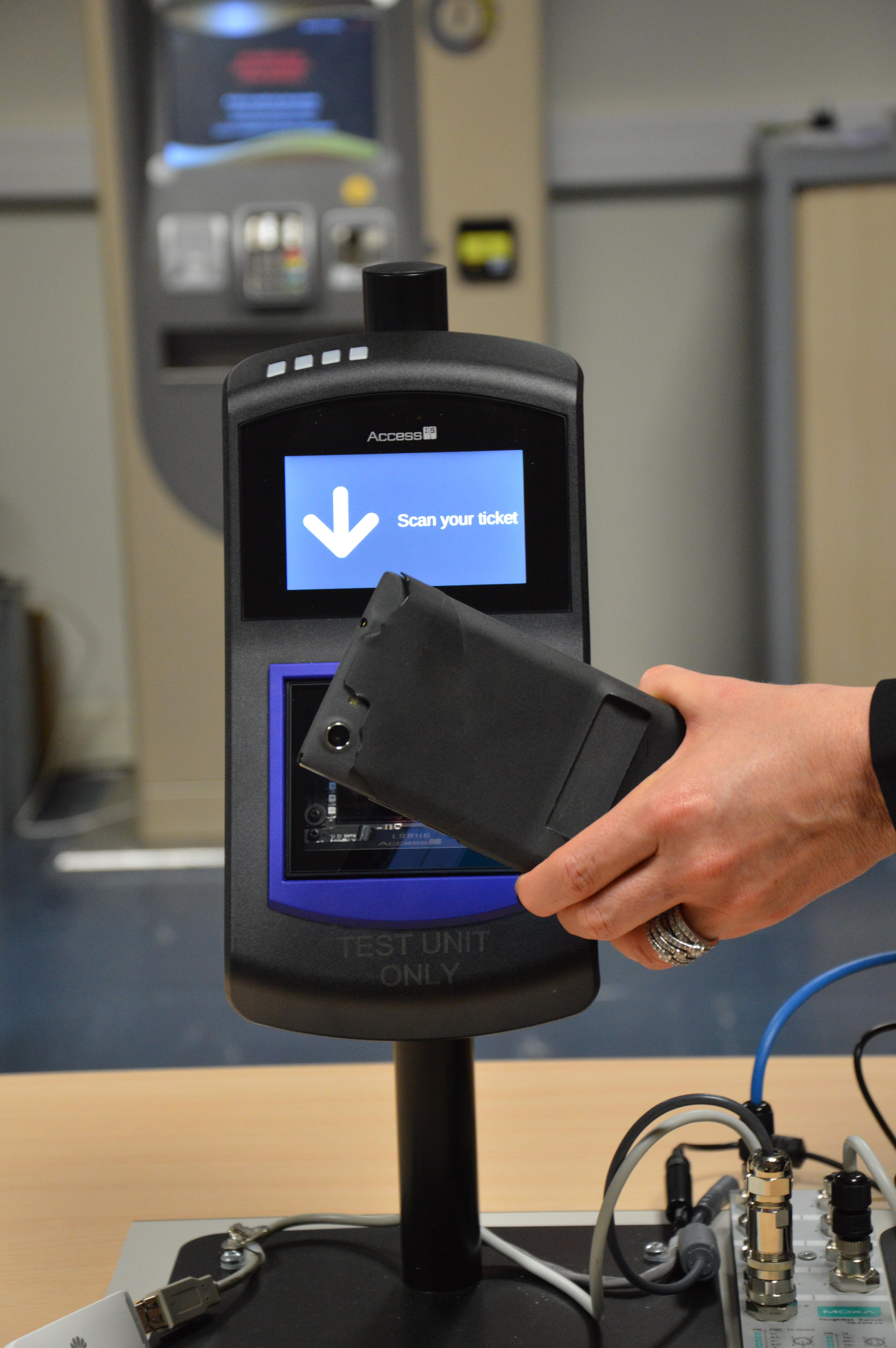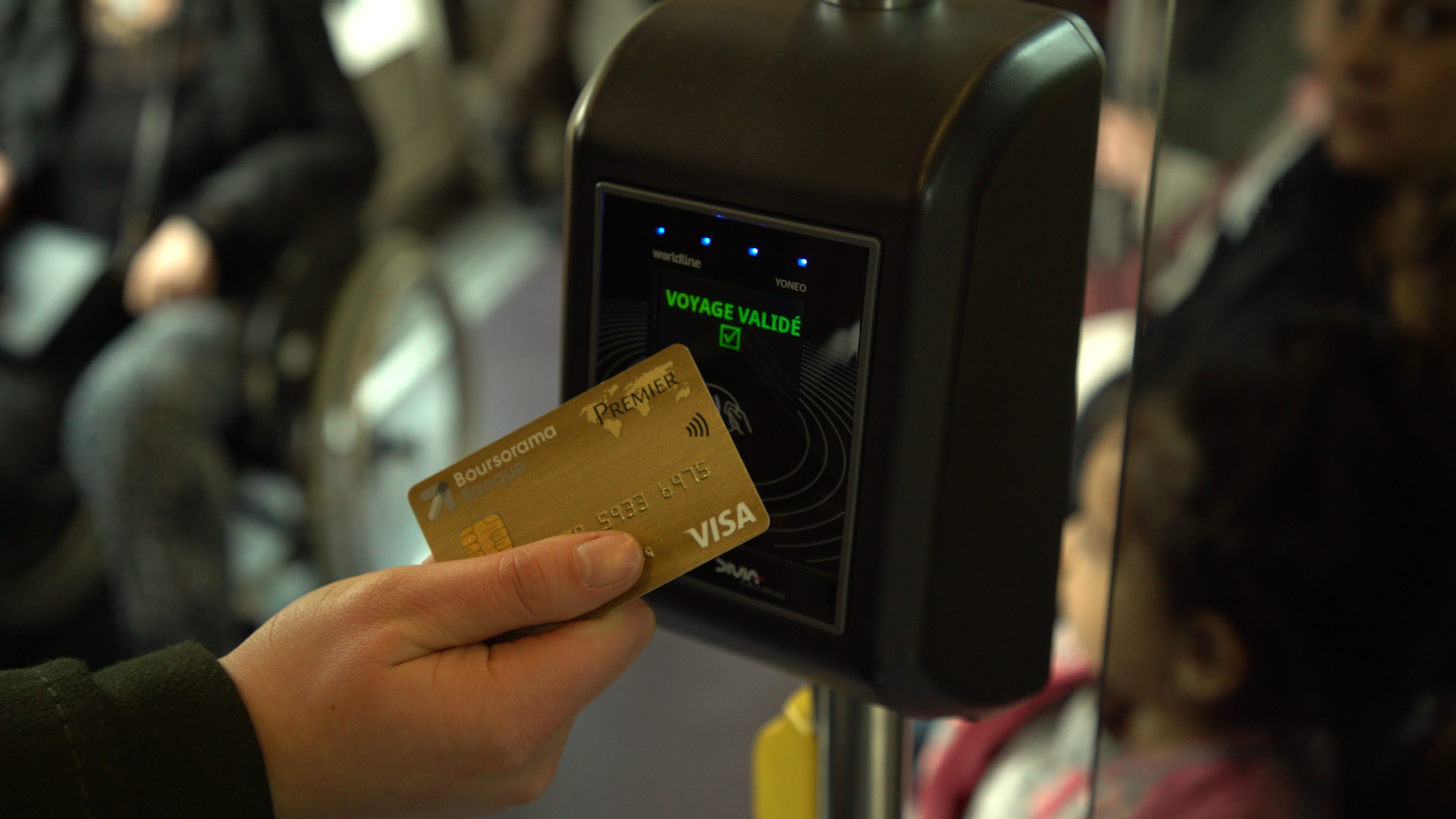How exactly does Open Payment work?
1. When boarding the bus, passengers validate their credit card or the payment card activated on their smartphone at the validation terminal, just as they would swipe their transit card, which means no physical contact with the driver, and an end to payment receipts and paper tickets.
2. During ticket inspections, passengers can prove they purchased their ticket by scanning or swiping their credit card or smartphone.
3. To check their purchases and amounts, they can download their receipts and review their transit history using an online portal.
4. If they make multiple trips, they will automatically benefit from the best fare. For example, the price of a day pass will apply starting with the third validated trip, allowing them to benefit on that day from an unlimited number of trips at a capped fare.



